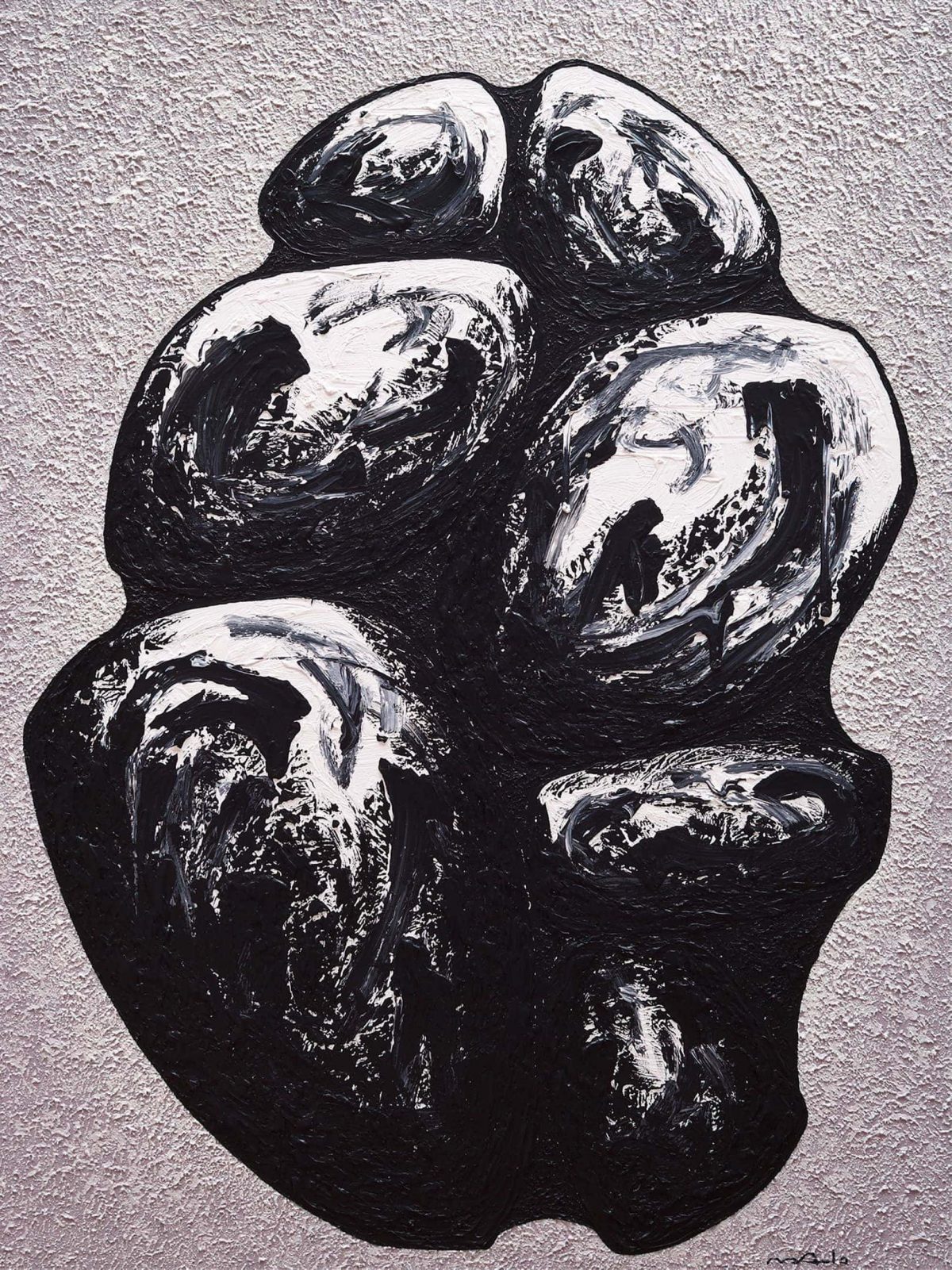Art has been an important part of civilization since its inception. Despite the particularity of personal tastes, it is a fact that there is some inherent and deeper reason why we love art.
Art constitutes a type of human experience that knows no parallels in nature. The human being has always shown a natural propensity for the decorative use of colors and patterns. How come this ancient affinity still accompanies us after thousands of years?
Why we love art according to Rudolf Arnheim
In recent years in particular there have been numerous studies that have tried to reveal the reasons for the primal response that the human experience with art.
According to Rudolf Arnheim, German-born film theorist, and perceptual psychologist, artistic perception is given by the analysis – single and overall – of its structural characteristics. The influential researcher deals with this theme within the work “Art and Visual Perception“, 1954. Arnheim states that there is a sort of “visual grammar” that we use unconsciously when approaching a work of art.
This breaks the links between the elements of a piece of art, allowing us to focus on detail. However, at the same time, the “visual grammar” gives uniformity to the overall view, letting us see the work in its entirety.
When we look at a painting or sculpture there would therefore be a whole series of constituents that – even if we don’t notice them – come into play in the way we perceive art. Line, shape, color, material, texture, represented subject, symmetry, balance, just to name a few.
How art acts on the human brain: expressive quality, cognition associations, and visual memory
The approach to formal qualities develops at this point in the field of expressivity. Gustav Metzger, artist and creator of the concept of Auto-Destructive Art and the Art Strike, defines those as “expressive qualities“. In particular, according to Metzger some shapes and colors create emotional associations a priori.
Cognitively there are two areas of the brain that respond to art. These cause the eye to process the artwork visually. In particular, the link between visuality and cognition leads to functional connections. For example, as soon as we see an object we immediately associate it with its use.
The University of Toronto has also conducted a study that confirms that the part of the brain that deals with logical thinking and understanding function is our posterior cingulate cortex.
To date, there are certainly many studies that investigate why and how art acts on society and individuals. Among these there is a study that highlights the relationship between art and memory. Art capitalizes on specific stored memories in the mind of the observer. That is also why a visual stimulus can affect the mental or emotional state of the viewers.
When asked why we love art, before answering, we need to choose a very specific interpretative approach. However, beyond personal opinions, it is clear that art provides much more of a mental stimulus than types of puzzles.

